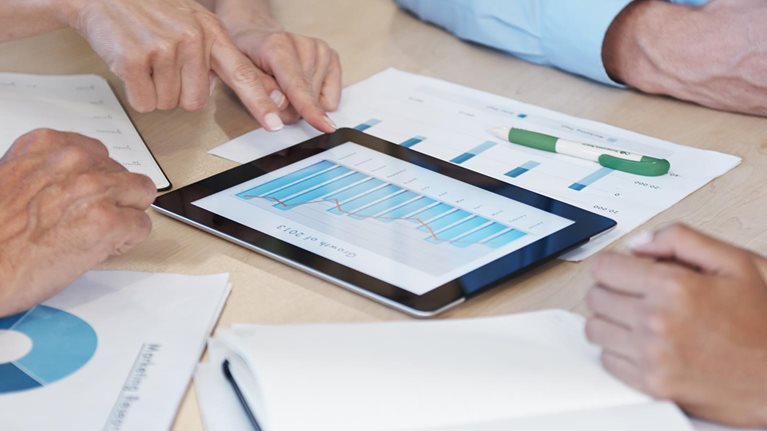The private equity industry in Asia is dynamic, with robust returns. But as competition rises, players may need to revisit the private equity tool kit. In this video interview, McKinsey senior partners Vivek Pandit and Gary Pinshaw talk through these issues and more.
Interview transcript
Vivek Pandit: The Asian private equity industry is at an incredibly exciting inflection point today. First, we see that a number of the global funds that are investing out of global pockets into Asia are now setting up Asia-dedicated funds. The second is that the regional funds in Asia are getting larger. These funds, which went from being single-billion-dollar funds or sub-billion-dollar funds, are now on their second fund—they have gone to $3 billion to $4 billion and are now looking at raising $6 billion or $7 billion each.
We’ve never before had a point in history where we’ve seen distributions exceed capital calls. In 2014, that happened in Asia. And since 2014, distributions have exceeded capital calls by more than $100 billion. Now, given Asia’s markets are growing, and given the enthusiasm for some of these growth markets and the increased awareness of investors about the robust returns in Asia, we do anticipate that $100 billion coming back. We see that as a driver of both fundraising and LPs [limited partners] continuing to recycle capital into Asia.
Gary Pinshaw: Asia’s share of global deployment has increased from around 15 percent five years ago to more than 25 percent today. Often, the press coverage of dry powder talks about absolute numbers. And the numbers are big. Currently, there is about $130 billion of dry powder in Asia. We find it useful to put this big number of dry powder into context and look at what period it would take to deploy it at the current trajectory. Dividing dry powder by deployment, we actually see that we’re not at a record. The record was in 2013.
Vivek Pandit: What’s also important to note is, frankly, over the past ten years, all you really had to do in Asia as an LP was avoid the hole, which is the bottom quartile. With median returns at between 13 and 14 percent over the past ten years, private equity continues to be a very attractive alternative asset class for a number of LPs. What drives great returns is a combination of experience, people, and the ability to control, in some cases, exit timing, which of course buyouts do lend themselves to.
Gary Pinshaw: Many people believe that the industry is consolidating. When you look at the numbers, it is not true. The industry is not consolidating. The number of GPs [general partners] has skyrocketed in Asia over the past ten years. Ten years ago, there were 400 firms. Today, there are over 1,700. A number of people also feel that the big blockbusters, or the largest firms, have increased their share of assets under management. If you look over the past ten years, their share actually remained the same, at around 30 percent.
We are absolutely seeing an increase in the number of club deals. Interestingly, it’s not only for the largest deals, the plus-$5 billion deals. We are seeing it in deals below $1 billion. What we are also seeing is that it’s moving into different asset classes than the traditional ones we’ve seen. At the heart of this is a real need to deploy capital—it’s a way to deploy it in sharing risks, sharing thinking, and sharing various theses around investments.
Vivek Pandit: Let’s say you’re lucky enough to participate in the auction process and win some of these deals at a multiple that is expensive but still within a range that you consider reasonable. So you now own these assets, which means you have full control over management, you have full control over operating decisions, and you have full control over talent. Asian private equity markets can be volatile. Being able to take advantage of timing would require that you make operational improvements and strategic improvements in these assets earlier and be ready for moments when you can exit.
When we put all this together for the private equity industry in Asia, I think on balance you’d say there are great, robust returns, and we’re finding increased fundraising and increased distributions, all of which are giving LPs greater confidence to put more money back in. Given that most of that money’s going into a buyout thesis and more funds are raising buyouts, we’re likely to see much more competition.
And given that kind of competition, we’re likely to see multiples rise. Given the rise in multiples, we know that the need for operating capabilities, the need for talent, and the need to retool the private equity tool kit itself will rise. While that is certainly an optimistic picture from the point of view of fundraising and the capacity to raise money in an environment that is seeking high returns, on the flip side our sense is it will be harder work for GPs to both earn their returns and make a significant impact on the portfolio companies that they own, given the prices they will be paying.

